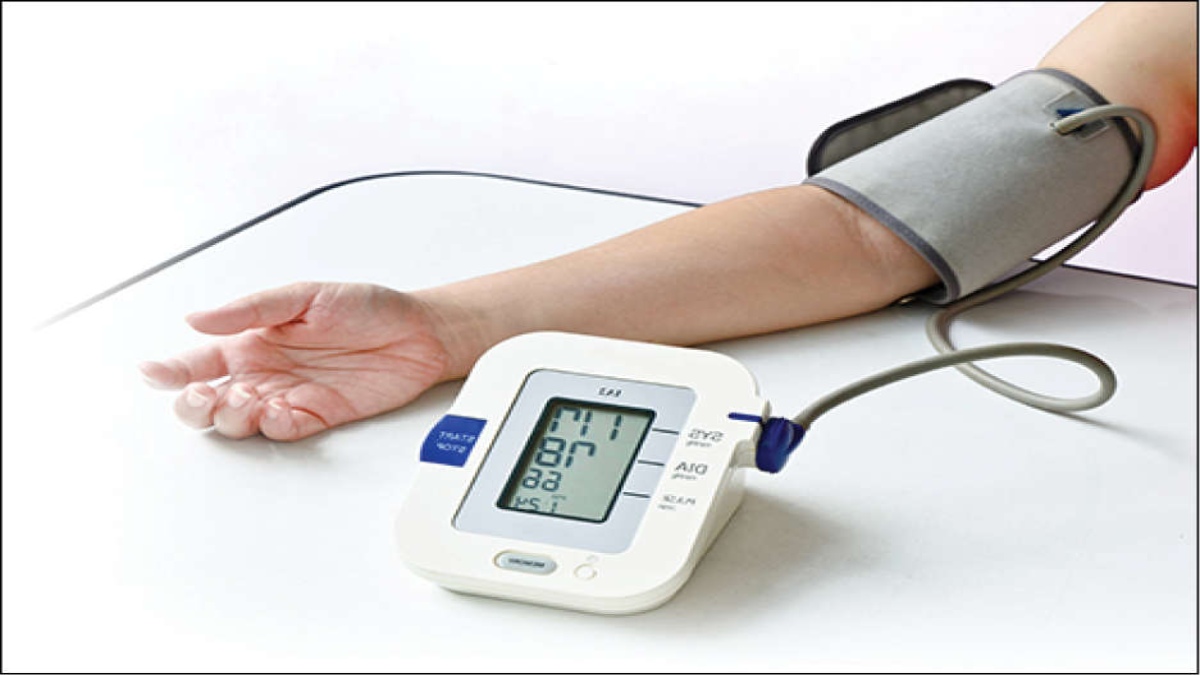


Normally we would expect the blood pressure measured at both right and left arms to be equal or mean difference≤ 5 mm Hg and 4 mm Hg for systolic and diastolic blood pressure, respectively. However, about 20% of patients visiting their doctors have a difference ≥10 mm Hg and 4% have a difference of 20 mm Hg or more. This kind of difference is unlikely to be normal and could be seen in congenital heart disease, aortic dissection, peripheral vascular disease, and unilateral neuromuscular abnormalities. However, in small number of cases no obvious cause could be found and it is considered normal. However, this condition may not be completely normal; rather it could be a marker of atherosclerosis, particularly peripheral vascular disease. Moreover, extensive data shows an association between peripheral vascular disease of the lower extremities and both all cause mortality and mortality from cardiovascular disease. Thus, existence of peripheral vascular disease of lower extremity could be a double whammy for the patient.
WHAT ABOUT BLOOD PRESSURE DIFFERENCE IN UPPER EXTREMITY?
In a recent meta-analysis published in British Medical Journal Clark and colleagues found that a between arm blood pressure difference of ≥15 mm Hg was associated with peripheral vascular disease and with cerebrovascular disease but not with coronary artery disease. On the other hand, a difference of 10 mm Hg or more was associated only with peripheral vascular disease. Another prospective study of 1872 subjects in United States revealed that a between arm systolic blood pressure difference of ≥15 mm Hg not only suggested presence of peripheral vascular disease but was also associated with a modest increase in all cause mortality and mortality from cardiovascular disease in those diagnosed with peripheral vascular disease. Furthermore, a linked study on 230 adults with hypertension conducted United Kingdom found that a difference of ≥15 mm Hg was increased all cause mortality by 60% and mortality from cardiovascular disease by 70%.
TAKE HOME MESSAGES FROM THESE STUDIES
1. As recommended by current hypertension guidelines, bilateral blood pressure measurements should be done routinely to avoid delayed diagnosis or under-treatment of hypertension. On the basis of available evidence and practicality, a sequential measurement, followed by confirmation with at least two simultaneous measurements using two automatic devices seems to be a reasonable approach.
2. If the difference is ≥10 mm Hg on repeated simultaneous measurements, the possibility of peripheral vascular disease of the upper extremities is high and further diagnostic evaluation is necessary, especially in people with risk factors for cardiovascular disease. Subsequently blood pressure monitoring should be performed in the arm with the higher readings.
3. If, however, no cause can be found for the blood pressure difference, these patients should be treated as normal.
The writer works in the Department of Cardiology, AIIMS, New Delhi.